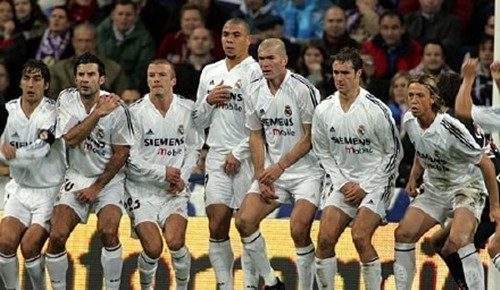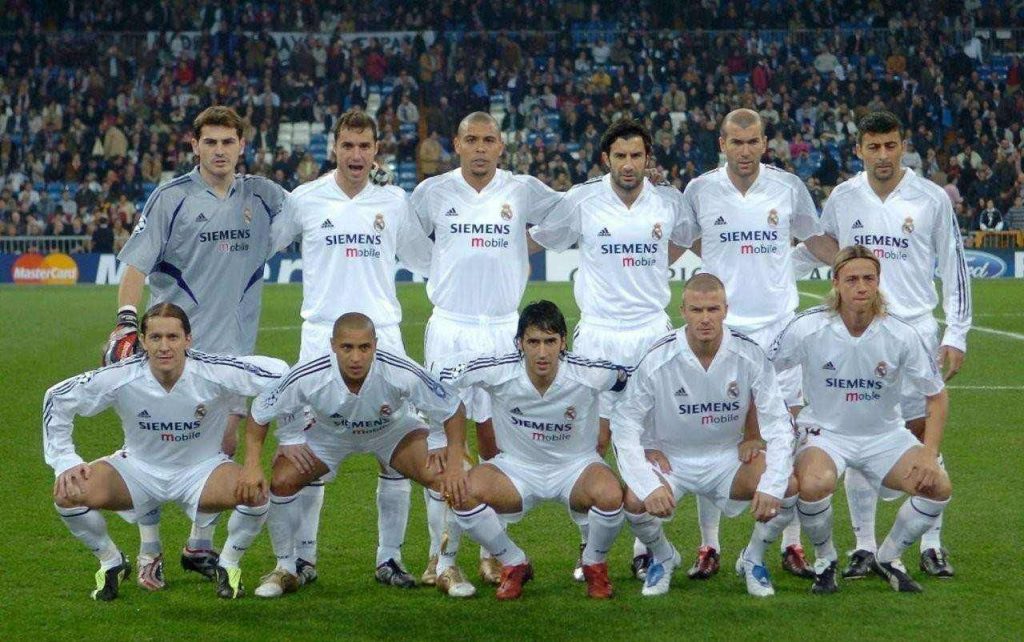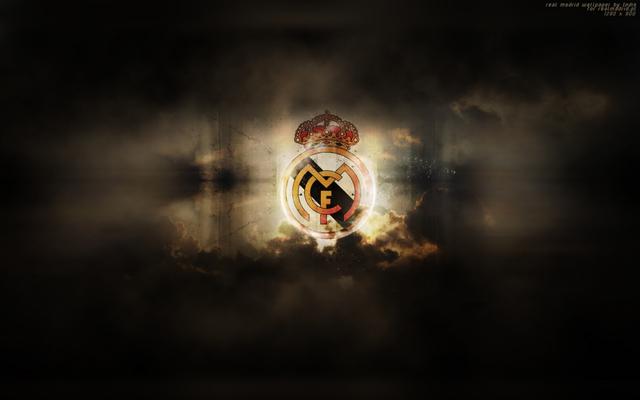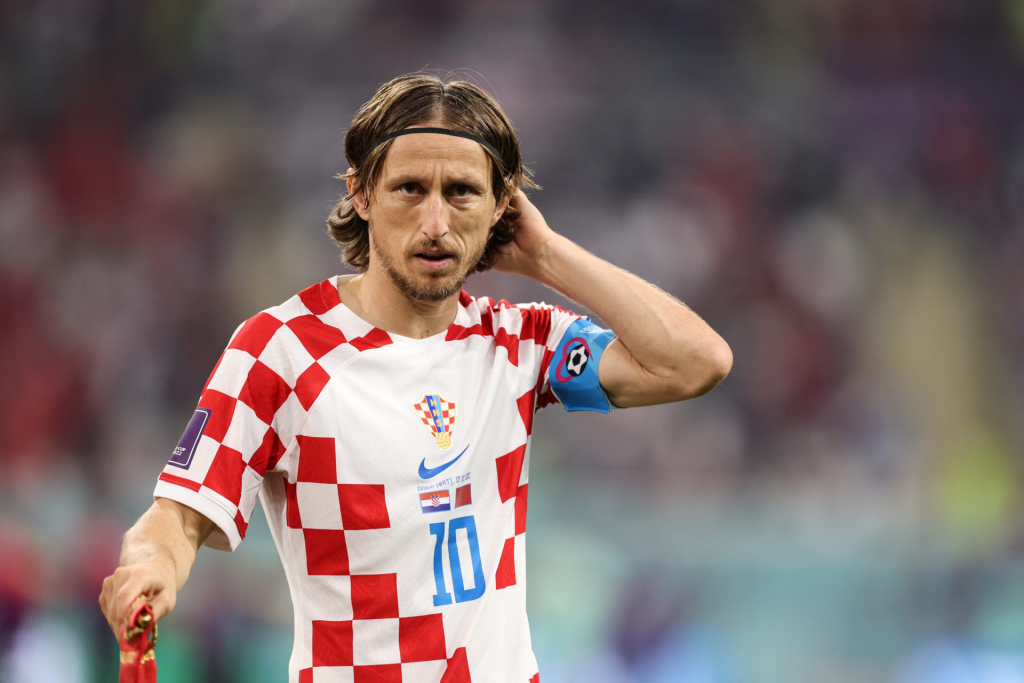Introduction:
Real Madrid’s Galacticos were a legendary team of football players assembled in the early 2000s with the goal of dominating the sport both domestically and internationally. The team was made up of some of the world’s best players, each commanding exorbitant transfer fees and salaries. In this article, we will explore how Real Madrid managed to assemble such an expensive team and how they fared during their time together.
Chapter 1: The Formation of the Galacticos
Real Madrid’s Galacticos era began in 2000 when Florentino Perez was elected as the club’s president. Perez was determined to make Real Madrid the most successful club in the world and believed that the key to achieving this was to assemble a team of superstars. He promised to sign the world’s best players and put together a team that would thrill fans and dominate on the pitch.

True to his word, Perez began his mission by signing Portuguese superstar Luis Figo from arch-rivals Barcelona for a world-record transfer fee of €60 million. This was an unprecedented move at the time and caused a stir in the football world. However, it was just the beginning of Perez’s ambitious plan.
Chapter 2: The Galacticos Take Shape
After the signing of Figo, Real Madrid went on a spending spree, signing some of the world’s best players in quick succession. In 2001, they signed French midfielder Zinedine Zidane from Juventus for a then-world-record fee of €75 million. This was followed by the signings of Brazilian superstar Ronaldo for €46 million and England’s David Beckham for €35 million.

These signings were not only expensive but also caused controversy in the football world. Critics accused Real Madrid of “buying” success and creating a team of individual superstars rather than a cohesive unit.
Chapter 3: Success and Failure of the Galacticos
Despite the criticism, Real Madrid’s Galacticos proved to be a formidable force on the pitch. The team won the UEFA Champions League in 2002 and La Liga in 2003. However, their success was short-lived, and they failed to win any major trophies for the next three years.
The team’s lack of success was partly due to a lack of team cohesion and the inability to play as a unit. Each player had their own individual style, and there was a lack of understanding and cooperation on the pitch. Additionally, injuries and age caught up with some of the team’s key players, leading to a decline in performance.
Chapter 4: The End of the Galacticos
Real Madrid’s Galacticos era came to an end in 2006 when Perez resigned as president. His successor, Ramon Calderon, took a different approach and focused on signing younger, up-and-coming players rather than established superstars. This strategy paid off, and Real Madrid won La Liga in 2007.
Conclusion:
Real Madrid’s Galacticos were a team that was both loved and hated in equal measure. Their exorbitant transfer fees and salaries raised eyebrows, but their individual brilliance on the pitch could not be denied. The team’s success was fleeting, but their legacy lives on as a cautionary tale of the dangers of creating a team of individual superstars rather than a cohesive unit.














